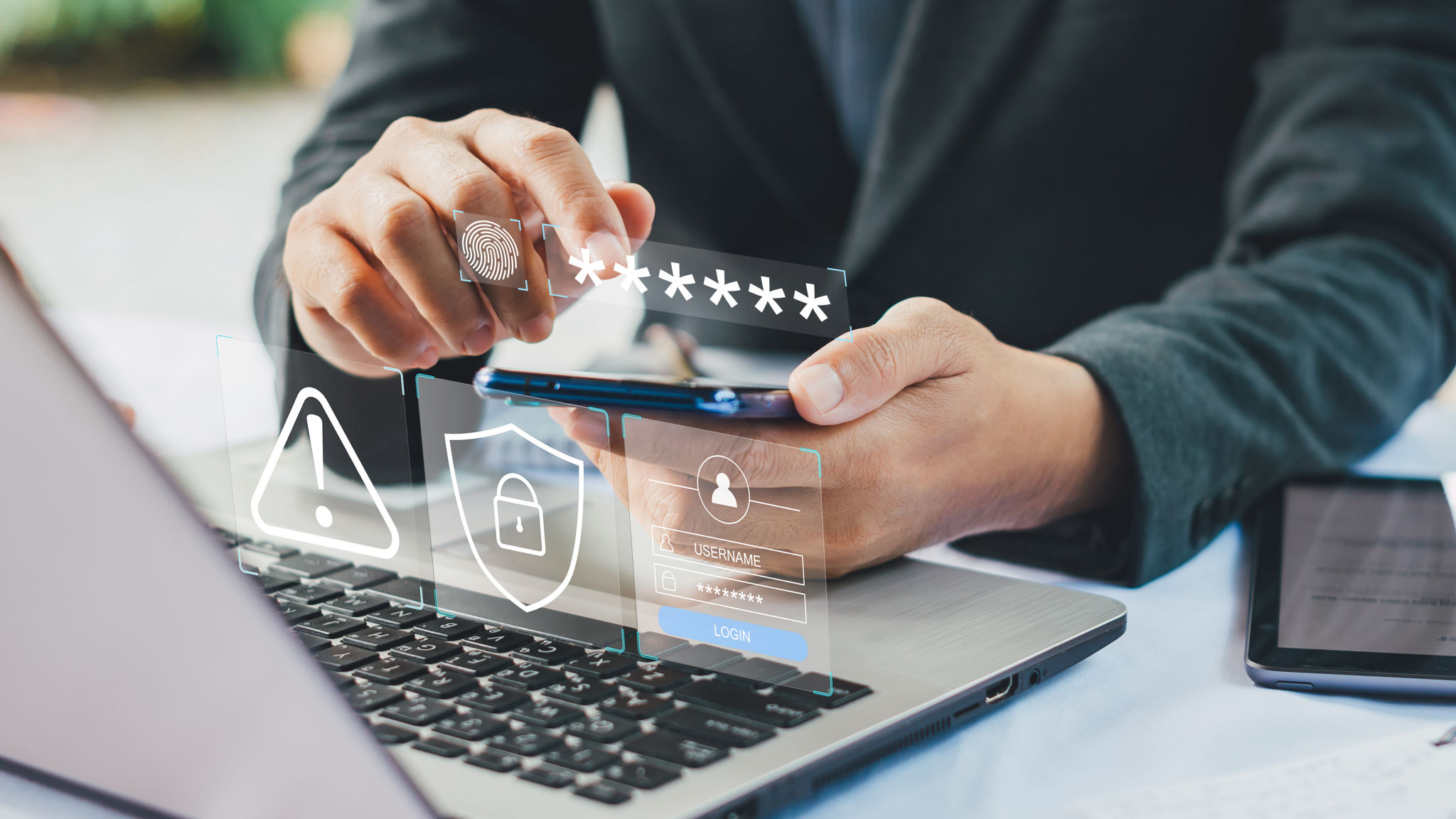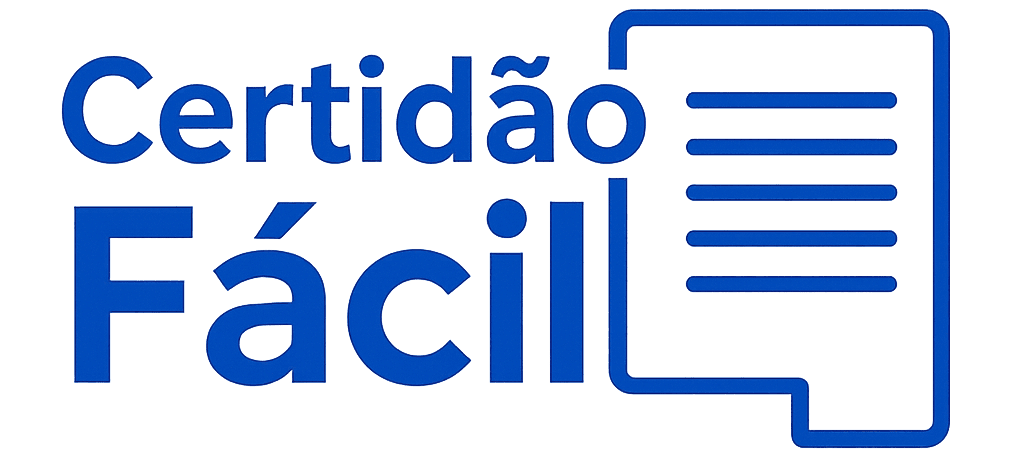Understanding the Importance of Document Verification and Authentication
Introduction to Document Verification and Authentication
In today's fast-paced world, the need for document verification and authentication has become increasingly critical. Whether it's for personal, business, or governmental purposes, ensuring that documents are genuine and valid is essential for maintaining trust and security. Understanding the importance of these processes can help individuals and organizations protect themselves from fraud and legal complications.
The digital age has brought about new challenges in verifying documents, as the ease of creating counterfeit documents has increased. Therefore, implementing robust verification systems is vital to combat these issues effectively.

What is Document Verification?
Document verification is the process of confirming the authenticity of a document. This involves checking the validity of the information contained within the document and ensuring that it has not been altered or tampered with. Verification can be performed manually or through automated systems, depending on the context and requirements.
Common scenarios where document verification is required include banking transactions, identity verification for hiring processes, and legal compliance in various industries. By verifying documents, organizations can safeguard against identity theft, financial fraud, and other malicious activities.

Methods of Document Verification
There are several methods used to verify documents. Some common techniques include:
- Manual Verification: Involves a person physically inspecting the document for signs of tampering or forgery.
- Digital Verification: Utilizes advanced technologies such as blockchain, digital signatures, and QR codes to ensure document integrity.
- Biometric Verification: Integrates biometric data such as fingerprints or facial recognition to confirm the identity associated with a document.
The Role of Document Authentication
While verification focuses on confirming a document's validity, authentication establishes its origin. Document authentication involves certifying that a document was issued by a legitimate authority and is genuine. This process typically requires the involvement of notaries or other authorized personnel who can provide official stamps or seals.
For international transactions or legal matters, document authentication is often mandated to ensure compliance with foreign regulations. This helps prevent legal disputes and ensures that documents are recognized and accepted across borders.

Why Document Authentication is Essential
Document authentication is crucial for numerous reasons:
- Legal Compliance: Ensures that documents meet the legal standards required in different jurisdictions.
- Preventing Fraud: Helps deter fraudulent activities by providing an additional layer of security.
- Building Trust: Establishes credibility and trust among parties involved in a transaction or agreement.
Challenges in Document Verification and Authentication
Despite the importance of these processes, there are challenges that need to be addressed. The rise of sophisticated forgery techniques means that verification systems must continually evolve to stay ahead of counterfeiters. Additionally, the implementation of these systems can be costly and time-consuming, which may deter some organizations from adopting them fully.
However, investing in robust verification and authentication systems can lead to long-term benefits by minimizing risks and enhancing security. As technology advances, new solutions such as artificial intelligence and machine learning are being developed to improve the efficiency and accuracy of these processes.
Conclusion
Understanding the importance of document verification and authentication is essential in today's interconnected world. These processes play a vital role in safeguarding against fraud, ensuring legal compliance, and building trust in personal and professional interactions. By staying informed about the latest verification methods and technologies, individuals and organizations can better protect themselves and operate with confidence.
